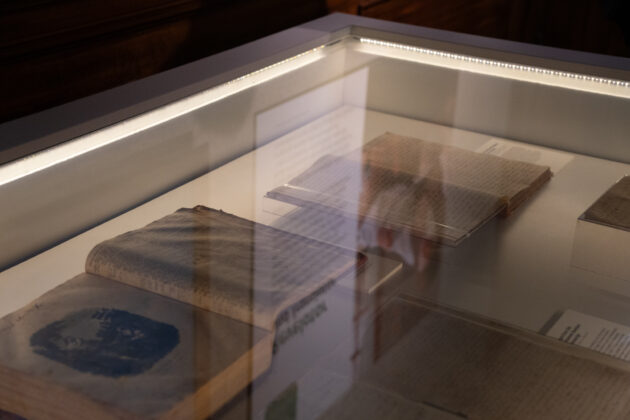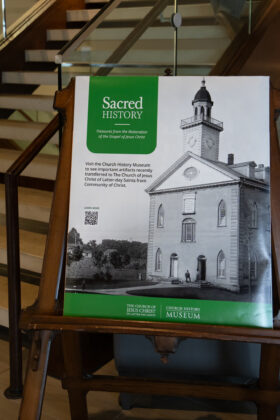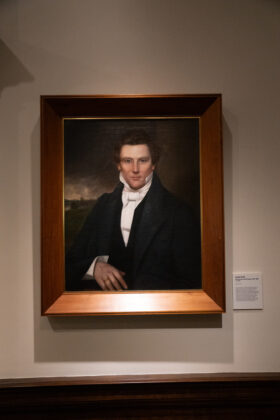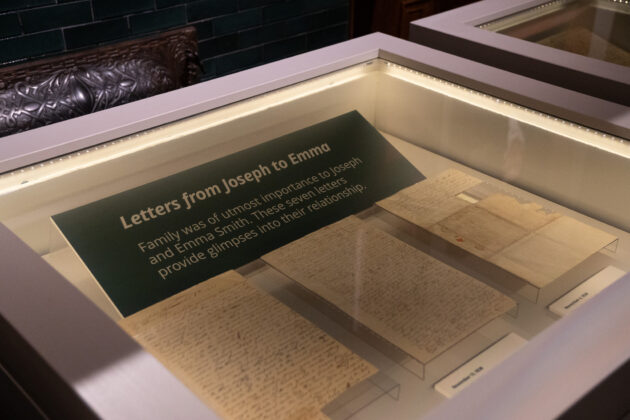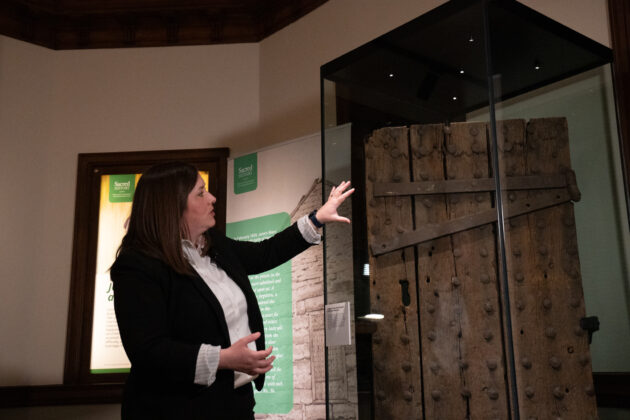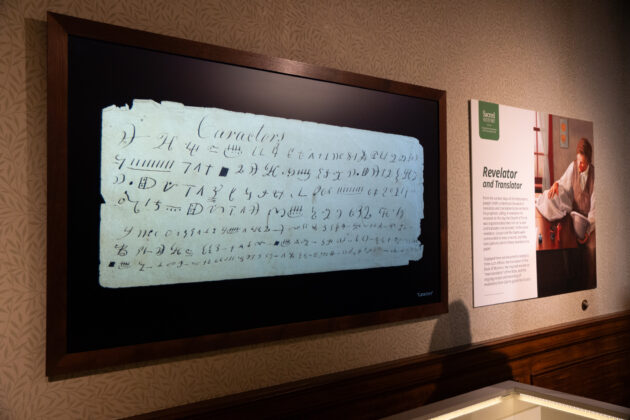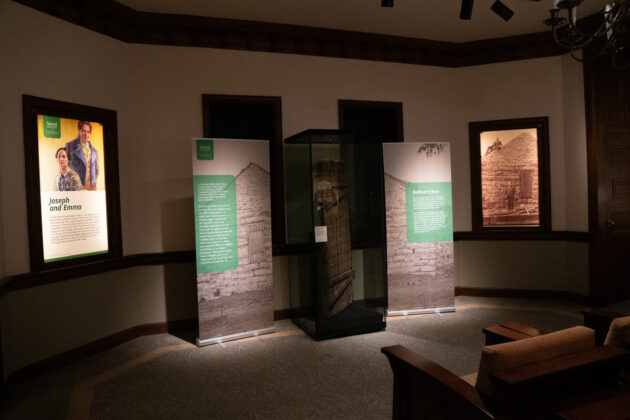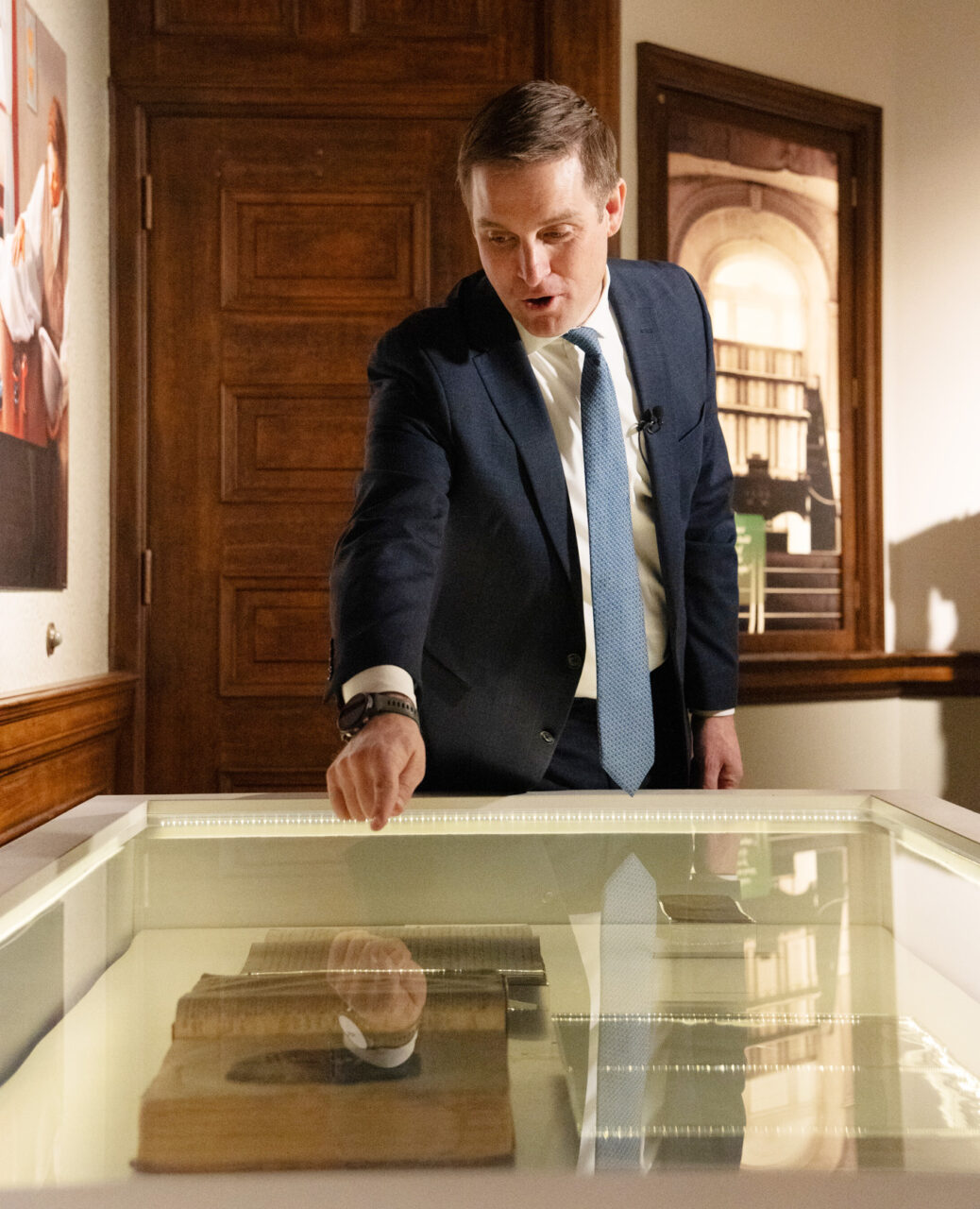
A new exhibit at the Church History Museum is now displaying artifacts and documents from early Church history recently acquired from the Community of Christ by The Church of Jesus Christ of Latter-day Saints.
“Sacred History: Treasures from the Restoration of the Gospel of Jesus Christ” will be open to the public March 25-Oct. 26.
The Church’s website lists the items now on display and encourages the public to “come and contemplate the wonder of receiving revelation from heaven, consider the comfort that Jesus Christ can bring in times of trial, and catch a glimpse of the personal and family life of the Prophet Joseph Smith.”
Museum guests will have the opportunity to view the following documents and artifacts:
- Pages from the Book of Commandments and Revelations, containing parts of the text of revelations later published in the Doctrine and Covenants.
- A page from a manuscript containing Joseph Smith’s inspired revision, or “new translation” of the Bible, along with the printed Bible he used during his work on the revision.
- A document purported to contain characters illustrative of those on the gold plates.
- A manuscript history of the Church from circa 1830 to 1847, written by John Whitmer.
- The original door of Liberty Jail.
- Letters from Joseph Smith to his wife Emma.
- Portraits of Joseph and Emma Smith painted during their lifetimes.
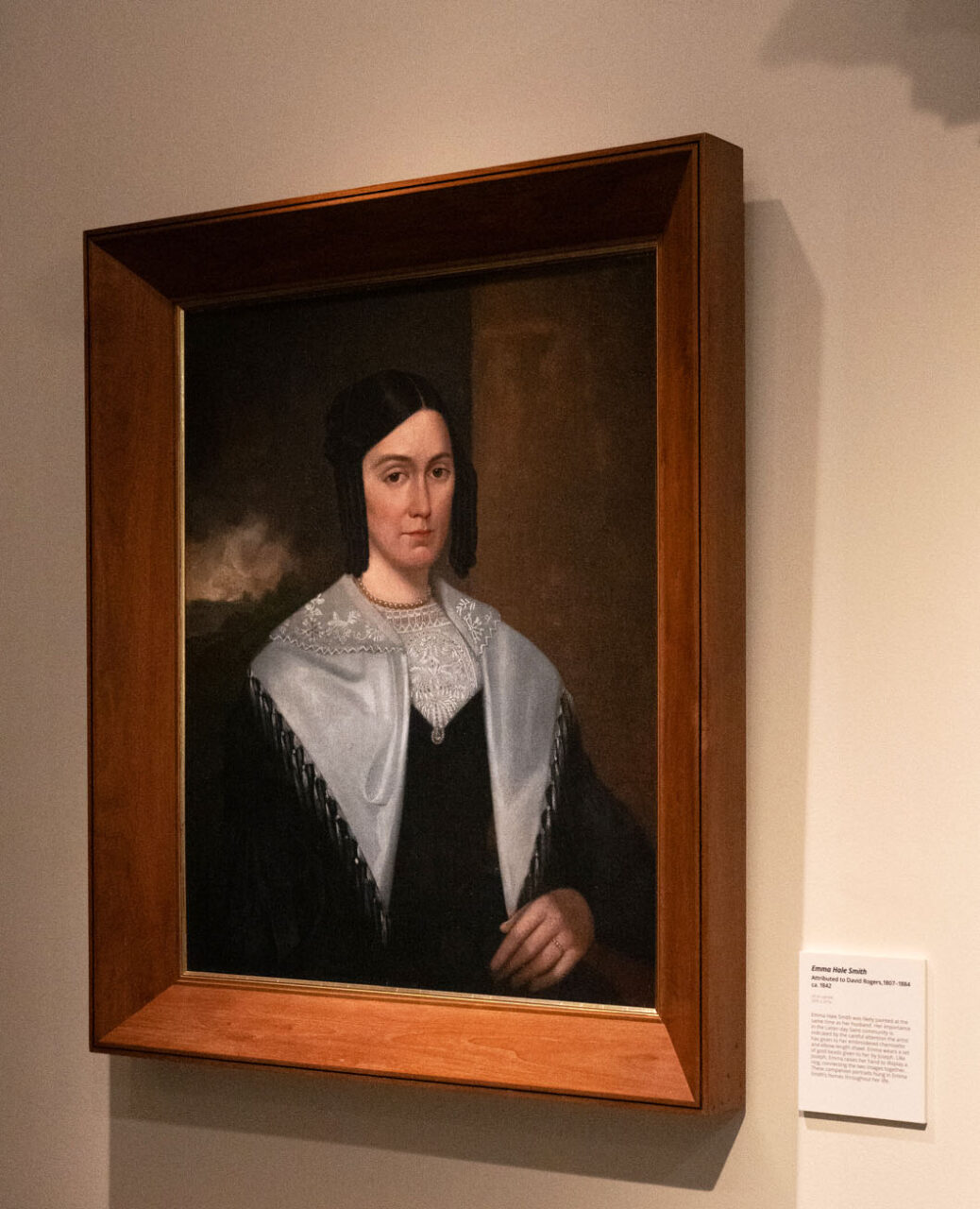
“Artifacts and art are wonderful ways to make history real. You can realize these are real people who worked together as God restored His church on the Earth,” Laura Paulsen Howe, an art curator at the Church History Museum, said.
Spencer W. McBride, historian with the Joseph Smith Papers, spoke about the power of seeing these historical documents in person. He emphasized while reading about history is important, there is much to learn from seeing these physical objects and experiencing the reality they testify of.
McBride pointed out portions of the documents where words had been crossed out, and revisions made.
“There is something exciting and reassuring about the messiness of documents. If regular men and women for whom life was messy were able to do remarkable things through God, so can we,” McBride said.
He encouraged Church members to avoid the trap of thinking events of the past happened smoothly and without flaws, and modern members have more in common with the men and women of the early Church than they may often think.
Riley M. Lorimer, director of the Church History Museum, explained after the exhibit closes in October, the items will be taken off display for conservation needs and to decide where they will reside more permanently.
To learn more about the Church History Museum, visit their website.

